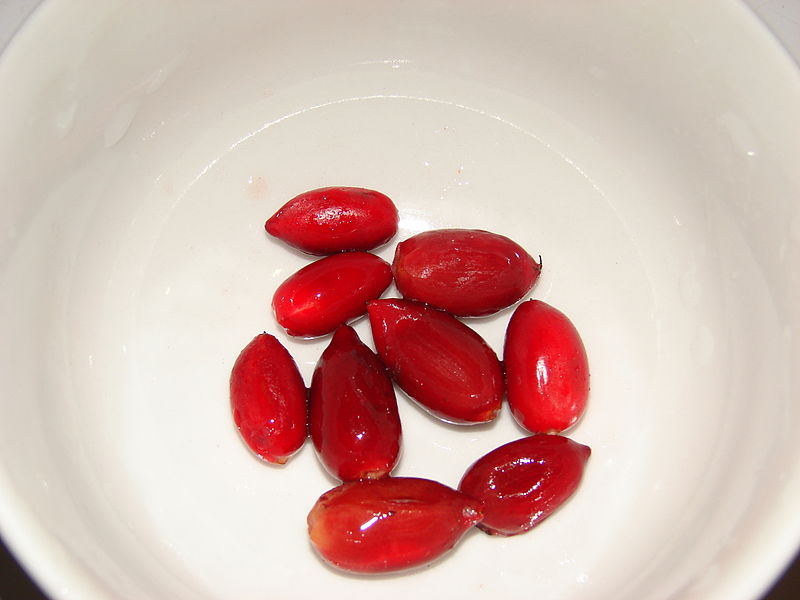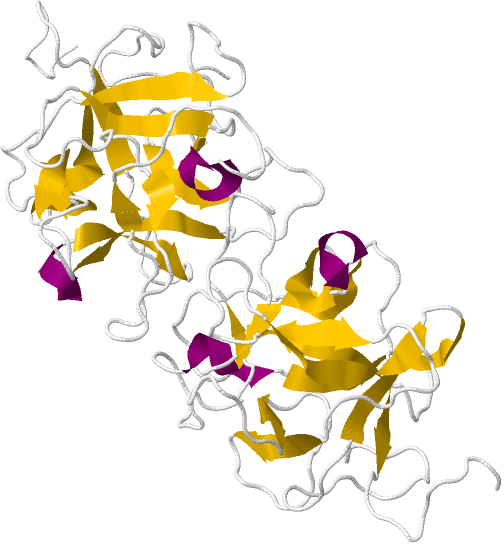Team:Uppsala/miraculin
From 2013.igem.org
Revision as of 00:58, 29 September 2013 by Sabrijamal (Talk | contribs)
Miraculin
Sweet polypeptide goodness
Synsepalum Dulcificum is a plant found along the coast of West Africa. It grows red berries about the size of coffee beans that have a quite peculiar property: they make sour things taste sweet. This effect was first documented in the late 1700's, and has caused the berries to be referred to as "miracle berries". The "miraculous" property is actually caused by a glycoprotein dubbed miraculin, that binds to the taste receptors on the tongue and modifies their response. The exact mechanism of the interaction is not entirely understood, but it has been used as a natural sweetener in different circumstances throughout the centuries. |
 |

Methods
We synthesized the miraculin gene along with a B0034 ribosome binding site for expression, the export tag USP45 for exportation of the complete glycopeptide out of the cell, and a 6xhis-tag for characterization purposes. Additionally, the gene was isolated with primers using biobrick overhangs for increased modularity in further use. We verify all our genetic constructs by sequencingResults
Summary
We were successful in both subcloning the synthetic construct to a desired plasmid and isolating the Maraculin gene by itself. The sequencencing was done at GATC biotch and Uppsala Genome center. We were not successful in either assembling or mutagenizing a promoter to the construct, and as such could not characterize it further.Biobricks
- BBa_K1033120 - B0034-ExpTag-Linker-Miraculin-Linker-6xHis
- BBa_K1033122 - B0034-Miraculin
- BBa_K1033121 - Miraculin

 "
"









